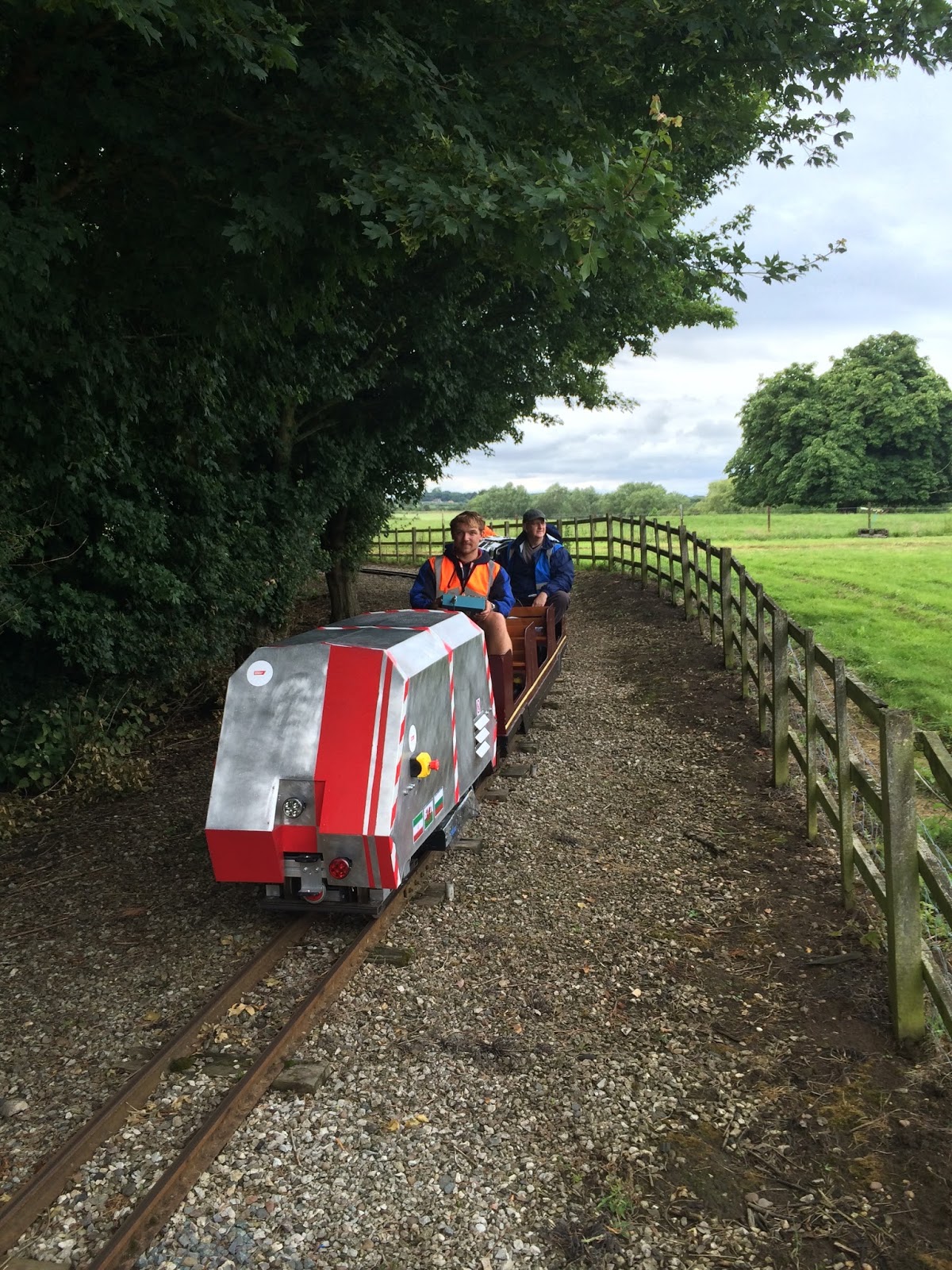We were supposed to be leaving the school at 18:00 hours on Friday the 27th. The locomotive still wasn't tested. From last post, most of the components were installed but nothing was turned on and no power was sent to the wheels. We stayed in the lab till 03:00 Friday morning but couldn't not get the components ready to run. We cam in at 08:00 hours that morning to run more tests and to get help with the circuit components. While Ivan and Hammed completed the circuits, everyone else was putting the last touches on the locomotive. One task in particular was the pressure regulator for the air compressor. The only way for it to be accessible was to install in on the bottom of the chassis. The compressor wasn't meant to be disassembled so the regulator wasn't mount friendly. So I found a piece of wood, bored out two holes to attached some T-nuts to it so it could be attached to the extruded aluminum chassis. Then, I used some wood screws to screw it into the wood. Worked perfectly. Anyone can complete a task with the right tools, instructions, and components. It takes an engineer to complete a task WITHOUT the right tools, instructions, and components.


I wasn't the only one doing work. Thursday, the aluminum body was made and painted. Friday, we spent time doing the final fittings, drilling hols for the bolts that were outside the designed area, and bolting in the mounting brackets used to connect it to the chassis.
Next, we realized that we didn't have enough time to finish the testing in the lab and we needed to get to the track. So we decided to pack up and head to Stapleford Miniature Railway.














































